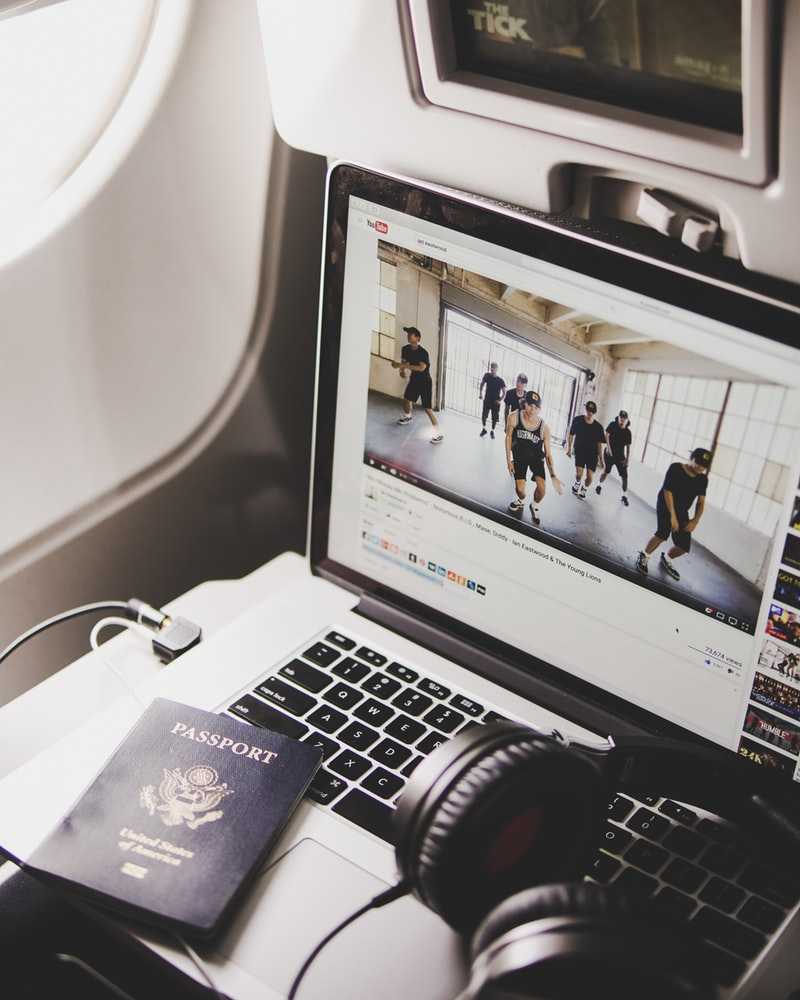Combining YouTube To My Language Learning Programme
Have you ever thought of combining your leisure activities with language learning? YouTube, a worldwide video-sharing platform now makes it a dream come true for enjoyable language learning. By watching vlogs, listening to songs or subtitled TV shows, you will be able to improve your target language effectively. What’s better than learning without big boring textbooks, but YouTube!
1. Follow language vloggers
Watching vlogs are helpful to learn colloquial language and to practice listening and real conversations. Vloggers usually speak in a conversational style as if they are speaking to the audience. Vocabs, grammar and sentence structure are all in authentic colloquial language for you to imitate and practice. This is, therefore, a great method to prepare yourself to carry out real-life conversations with native speakers of your target language. The wide variety of topics that it reaches out to will also provide you with the entertainment you are in favor of and resources for your listening practice. From beauty, travel, fashion and video games, there must be a vlog channel of your interest. What else could you do once you’ve found a cool vlog? Listen to the pronunciation and jot down unfamiliar words. Watching YouTube vlogs is definitely enjoyable and beneficial to your language learning programme.
2. Search for songs in your target language
Why not improve your target language by listening to music? Practice your listening skills and pick up new vocabulary of your target language by searching any song on YouTube. With sing-along karaoke lyrics and a repetitive structure of songs, it is easy to revise unfamiliar vocabs. Songs also give crucial content to the language you are learning. No matter if it is a love song, a political anthem or a rap song, there is one theme in every song. And unlike reciting random lists of vocabulary from textbooks (which you may find hard to absorb), you will be able to use every one of the words from a song flexibly once you can relate every vocab to a particular theme. Simply listen to a song from YouTube to learn your target language, isn’t language learning easy?
3. Slow down Youtube videos
Native speakers may sound fast-paced when speaking at a normal speed. But don’t feel bad to find it difficult to keep up with the videos you are watching. YouTube allows you to slow down the speed in “settings”, which is a button found in the lower right corner of the video. You can adjust the speed to whatever works best for you. With a slower speed, you can decipher more of what is being said.
4. Channels that offer subtitled films and TV shows
There are a variety of channels on YouTube including films and TV shows. Most of the times they come with subtitles. Watching subtitled films and shows on YouTube is an effective way to reinforce foreign language learning. A study conducted by Holger Mitterer (Max Planck Institute for Psycholinguistics) and James McQueen found out that subtitles allow learners to learn a language effectively. Hearing and reading a foreign language together improves a person’s phonetic understanding. It is also found to build familiarity with words and sounds of the language.
5. Speak along with videos
You might find yourself awkwardly repeating a YouTube video but speaking up is the best way to consolidate the particular native accent. A downside of combining YouTube to your language learning programme is that it does not always help you practice on your speaking skills. However, through initiating yourself to repeat what the speaker says or pausing the video to respond to general discussions of speakers, you can offset the problem of YouTube videos. If you still cannot overcome the fear of speaking in a foreign tongue in public, try speaking it in your thoughts. As long as you are speaking, you are progressing!




